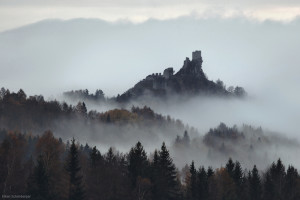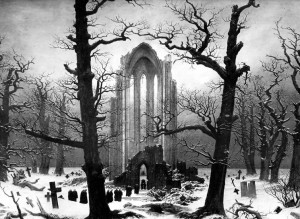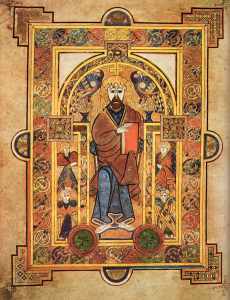This past weekend I was privileged to attend Sirens 2014, a writer’s conference devoted to literature by and about women. I attended so many fantastic keynotes and panels, and found kinship and inspiration in the ideas and creativity of my fellow attendees. One panel in particular, however, sparked something deep within me; the panel discussing Haunted Landscapes, hosted by Kate Tremills, Roberta Cottam, and Kathryn Cottam. Perhaps it was the just the fog-drenched hills of the Columbia River Gorge, but the idea of landscapes echoing with memories of the past promptly tip-toed into my imagination–and refused to leave.
When I first heard the phrase haunted landscape, my mind immediately conjured up the setting of Wuthering Heights; a windswept moor, howling with the voices of restless spirits, and a cold, empty manor, full of memories and secrets. But any landscape, really, can be haunted–by terrible acts of violence, or moments of human bravery. History, memory, action–places are indelibly marked by the past, and by the people whose lives shifted and changed the environment around them.
All too often, a haunted landscape is one that has borne witness to bloodshed, tragedy, or death. Ghosts of terror shade the atmosphere of a place, and some things never leave. We’ve all experienced this–the sudden hush of a cemetery, the creak of tree branches heavy with some unseen burden. In college, I visited the Sachsenhausen Concentration Camp just outside Berlin. From the moment I set foot through those gates, I sensed the layers of memory and pain etched into the very earth I walked on. The site of the Battle of Culloden–a battlefield soaked with the blood of an entire people, where the grass and sky heard the final breaths of a thousand brave soldiers. Tiananmen Square. The Tower of London. A Native American burial mound.



